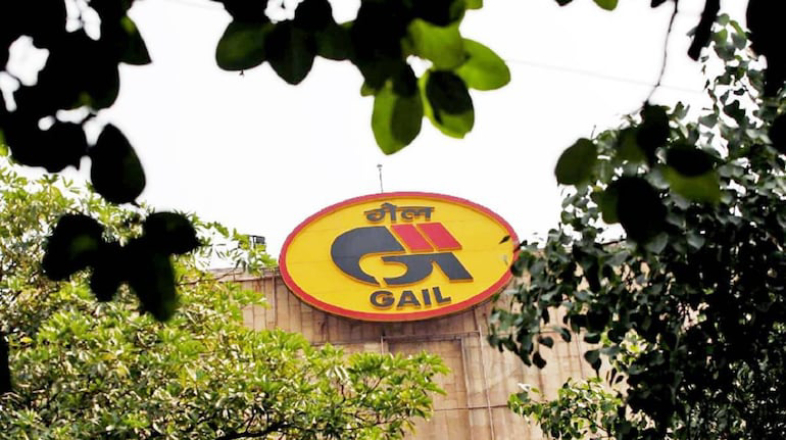In the second part of the interview, with Renjini Liza Varghese, Chief News Editor, ESGNews.earth, Radhika Kalia, Managing Director, RLG Systems India, the vital role of India’s informal waste sector was discussed. She discusses how RLG India is working to integrate these traditional stakeholders into a formal, sustainable reverse logistics framework.
India generates millions of tons of plastic packaging waste annually. What innovative models or partnerships are you pursuing to integrate plastic waste into a circular economy framework rather than linear disposal?
Let’s break this down into two parts. Currently, the % of plastic waste is low, but the remainder is repurposed in other ways. Such as insulation, waste-to-energy plants, or road construction. Legacy waste is gradually decreasing, but many towns still carry significant waste stockpiles. Waste-to-energy utilization has also contributed to managing this legacy.
The key question is how much of this recycled material actually returns to the production cycle, particularly in categories like PCR (post-consumer resin) and reusable containers of five liters and above. Solution providers, like us, play a critical role in collecting and channeling this material back to producers.
Manufacturers and brand owners need to integrate end-of-life packaging management during product design, creating sustainable packaging models with clear disposal pathways. For instance, in the UK, tax services have developed a database covering over 80 million SKUs from 4,500 brands. Using analytics, they advise brands on material choices that reduce packaging costs and improve profitability.
How traceable are our programs today, considering the regulatory implementation gaps and the transition from informal to formal segments?
Once goods enter the life span about 80% of materials end up in the scrap market. In India, brand owners have yet to launch widespread take-back programs, similar to those for printer cartridges or lead-acid batteries, where used items are collected directly from customers for recycling or refurbishment. For example, lead-acid battery programs recover 70-80% of waste, effectively closing the loop through reuse. This “polluter pays” accountability is essential for sustainable brand equity.
These programs drive efficient processing, logistics, and waste management while providing brands with customer data through installation and collection services. Although managing this customer engagement is demanding, it directly impacts sales by fostering brand loyalty. Customers tend to repurchase from brands offering superior service and product experience rather than switching.
Could you share an example of a reverse logistics solution developed by RLG that demonstrates both operational scalability and measurable environmental impact in India?
In India, the recycling landscape is shaped by a strong mom-and-pop culture, with dense networks of small operators covering vast areas. Unlike other geographies with dominant third-party players, India has thousands of recyclers—around 70,000 to 80,000 across plastics, tires, batteries, and e-waste sectors. Despite this large base, recycling capacity remains insufficient to meet waste volumes, largely due to inadequate infrastructure.
The fragmented, localized nature of the market means large-format, centralized models common elsewhere are less effective here. Success depends heavily on regional nuances and consumer behavior, similar to how e-commerce platforms like Amazon and Flipkart dominate different areas based on local acceptance.
No single company commands the reverse logistics space; rather, multiple players coexist, each adapting to complex operational demands.
What are the key barriers currently limiting the scaling of circular material use in India? How can these challenges be effectively addressed to accelerate adoption toward the 50% target by 2040?
In India, circularity varies by material type. For plastics, tires, and other common materials, recycling rates of 50-60% are achievable. However, in electronics, India primarily operates as an assembly hub without significant local manufacturing of components or parts. Consequently, electronic companies often take back metals or plastics only from final products, not from domestically sourced materials.
Conversely, electronics recycling faces challenges due to dependence on imported parts that already include recycled content primarily sourced abroad, limiting domestic circularity.
With India at the cusp of a sustainability transition, what strategic priorities will define RLG India’s growth over the next five years?
EPR was originally for Producer Responsibility Organizations (PROs), which were designed as collective bodies where multiple producers pooled efforts to meet regulatory targets through centralized schemes. While this model was common in Europe until around 2022, it never took off in India.
We operated outside the traditional PRO framework, supporting producers on a seller basis. Post-2022, as PRO recognition waned, we pivoted to trading and aggregation, recognizing that sufficient material volume is critical for recycling. Our operations now span aggregation, sorting, and trading of key materials like copper, aluminum, lead, and soon steel.
Given the fragmented market in the informal sector, we focus heavily on training teams to accurately source, identify, and supply quality raw materials for recyclers. Success depends on precise sourcing, sorting, storage, and supply to ensure recyclers receive the appropriate inputs to produce quality recycled outputs.













